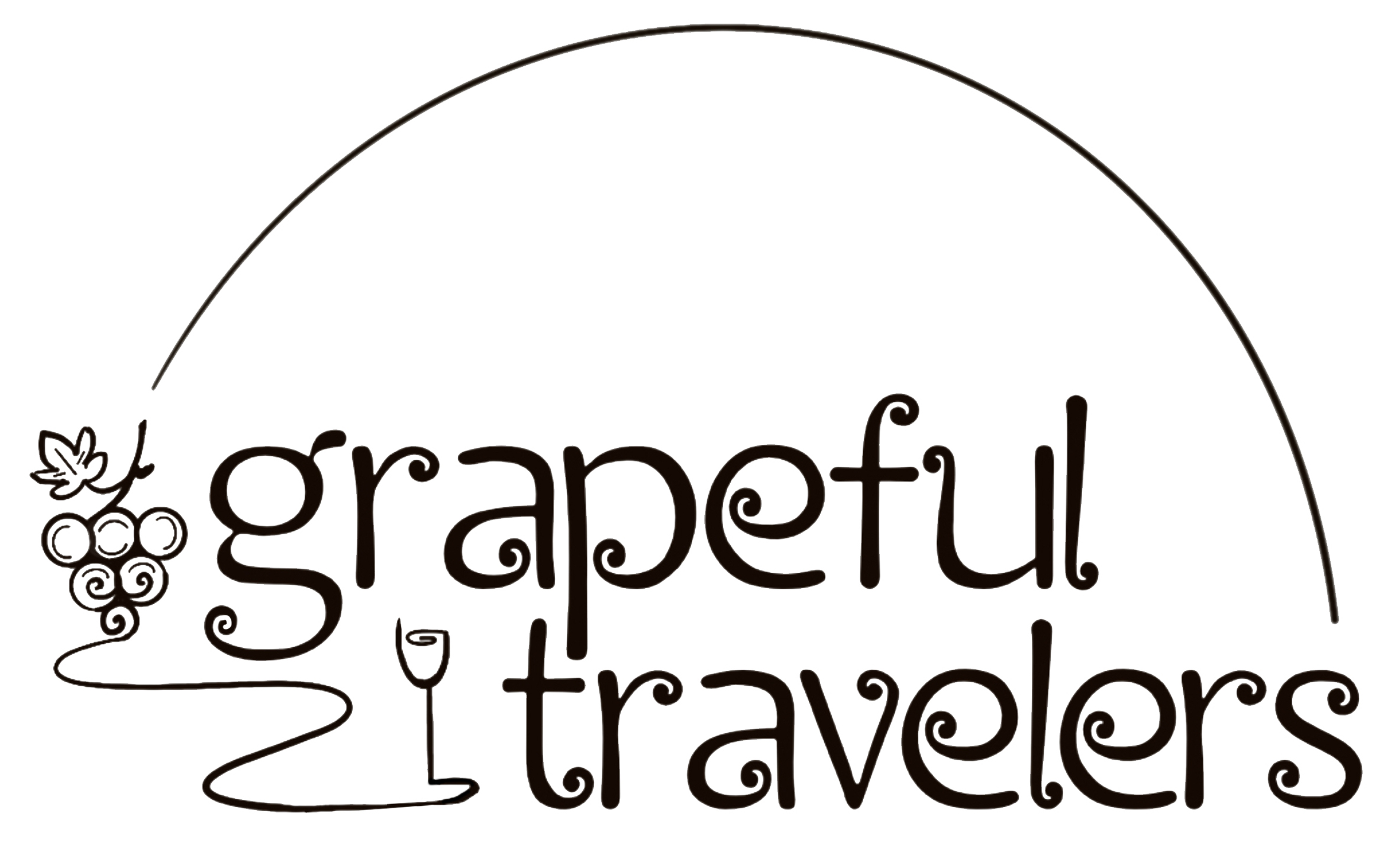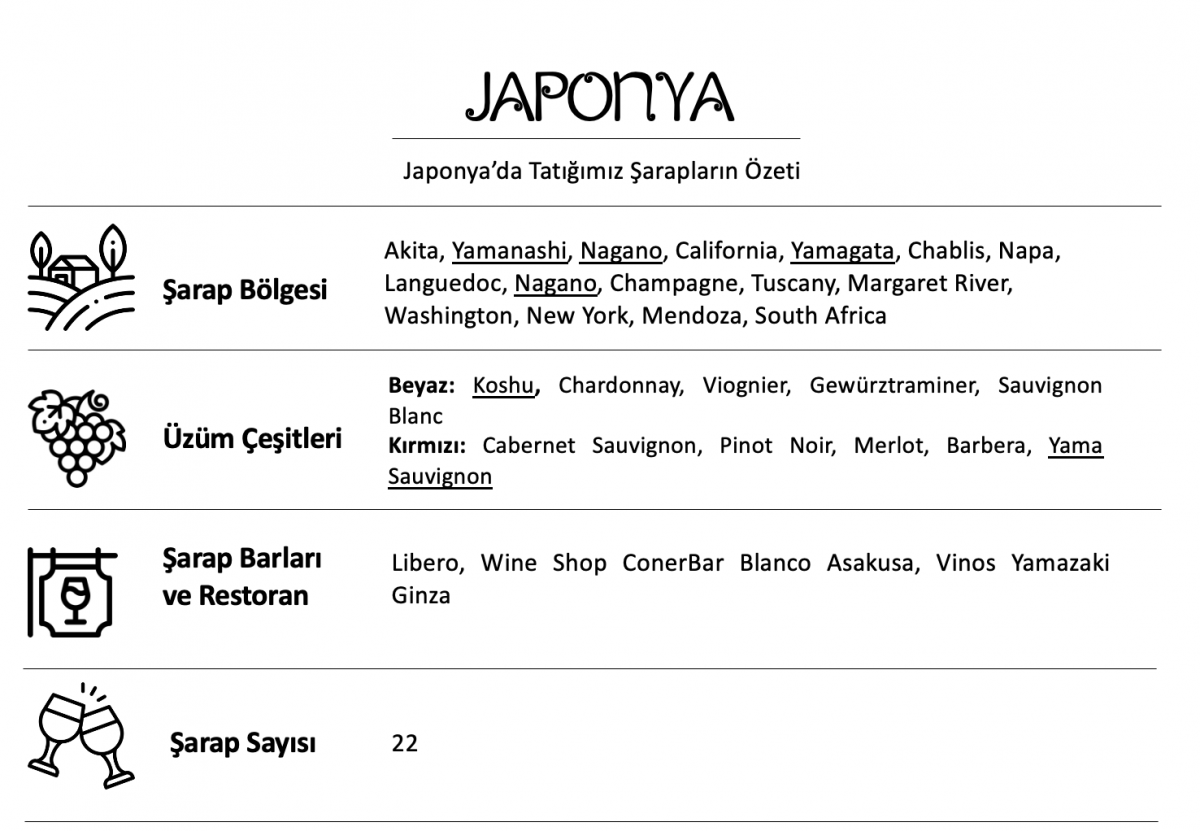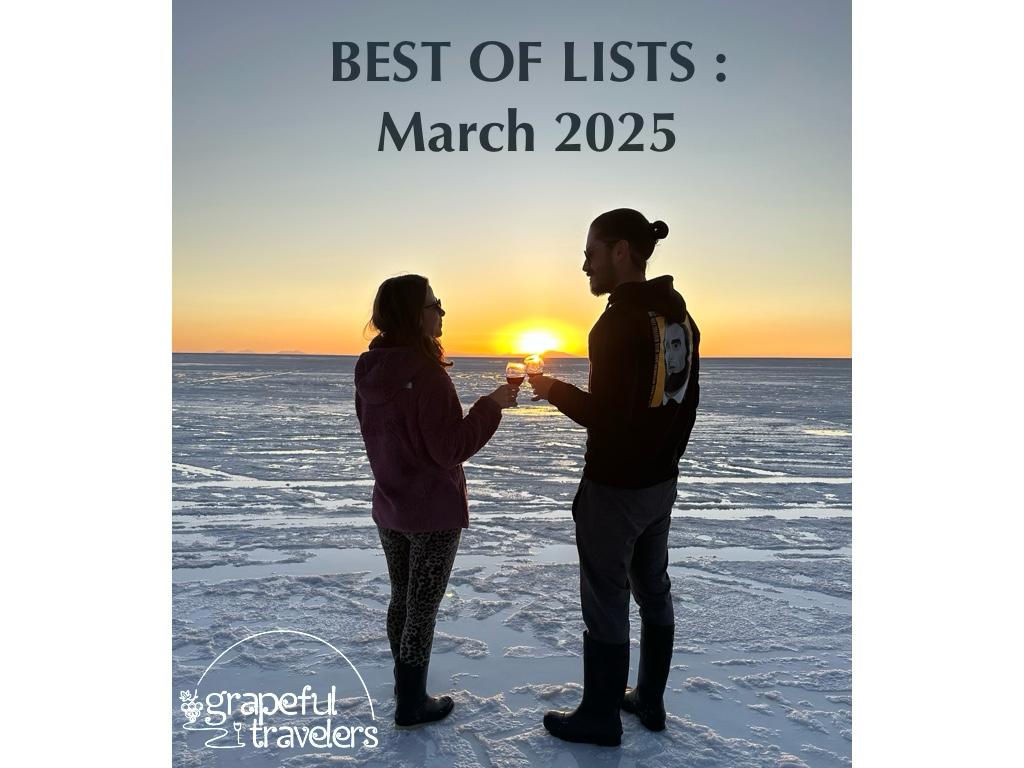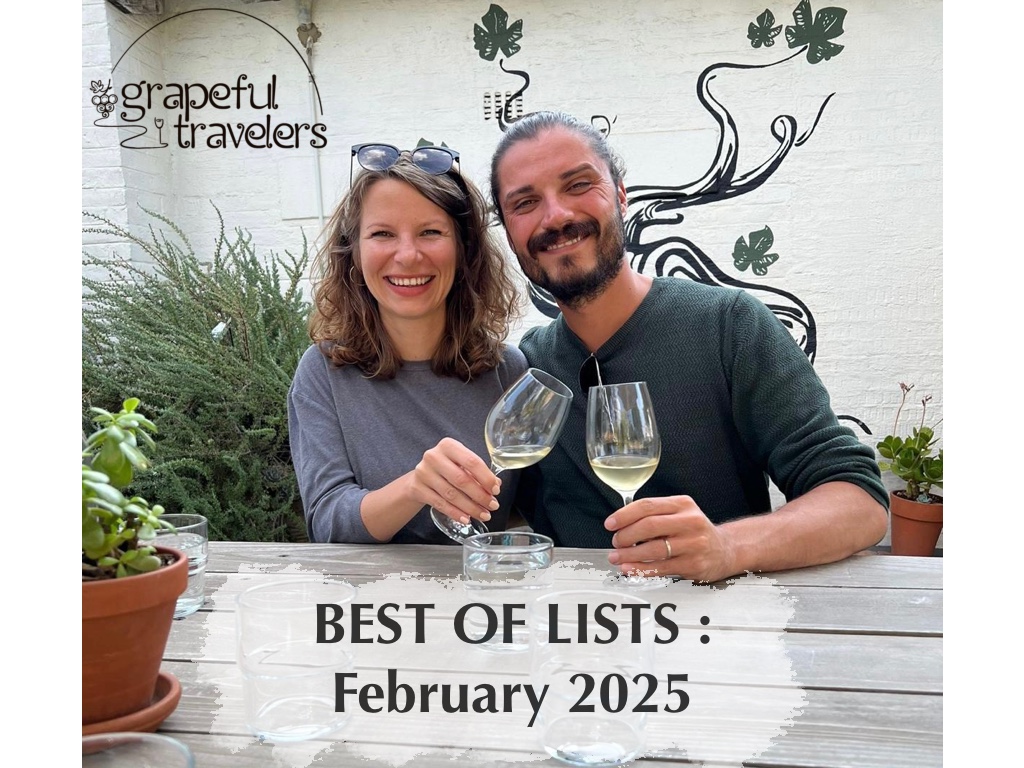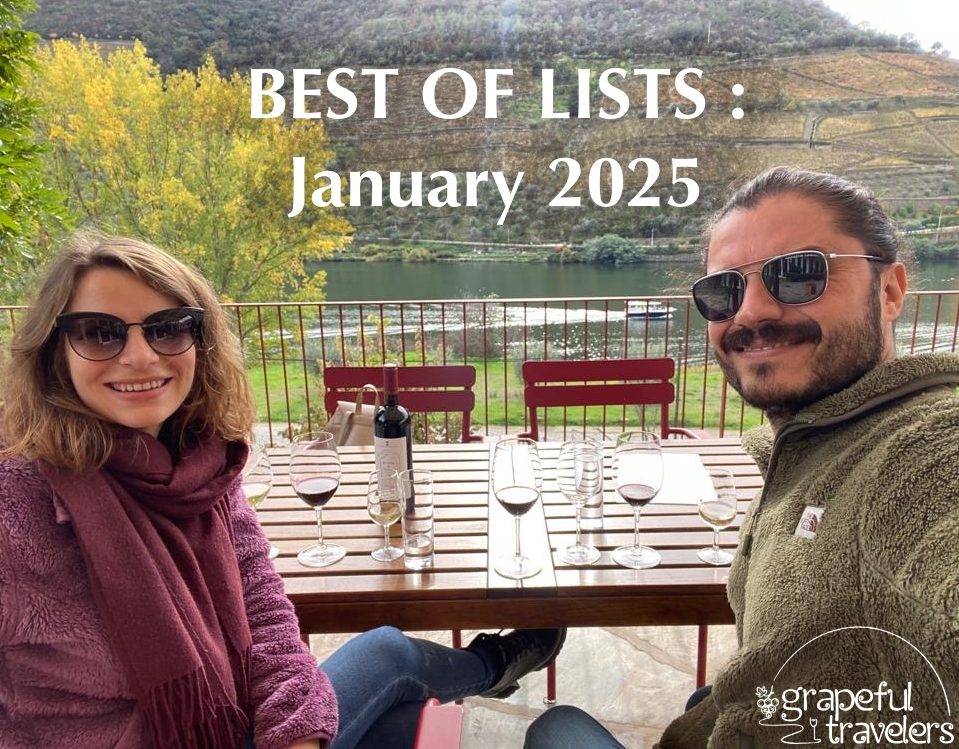-
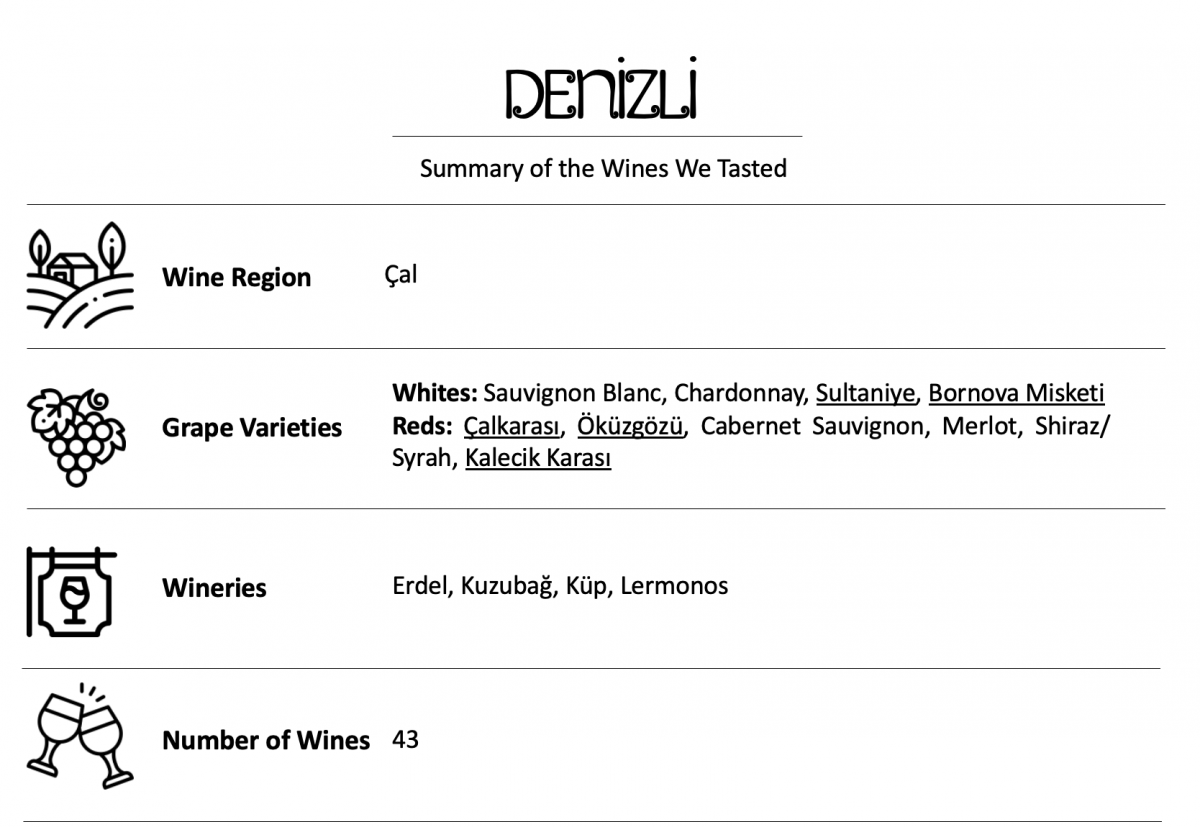
When we first started this blog, the Çal Vineyard Route was the newest wine route in Türkiye. Later, the Lydia Historical Wine Route was also opened, so it’s no longer the newest — but it remains one of the most exciting wine journeys to explore. The Çal Vineyard Route (Çal Bağ Yolu) was established in…
-

İsviçre şarapları, Fransa ve İtalya gibi 2 adet dev şarap ülkesine komşu olması sebepiyle dünya çapında pek duyulmamış. Kendi halkı kendi şaraplarını bol bol tüketiyor olsa da, farklı ülkelerde İsviçre şaraplarını görmek pek de mümkün değil diyebiliriz. Biz de bölgeye ziyaretimize kadar, İsviçre şaraplarından haberdar değildik. Uzun süredir yanına seyahat etmeyi planladığımız Cenevre’de yaşayan yakın…
-
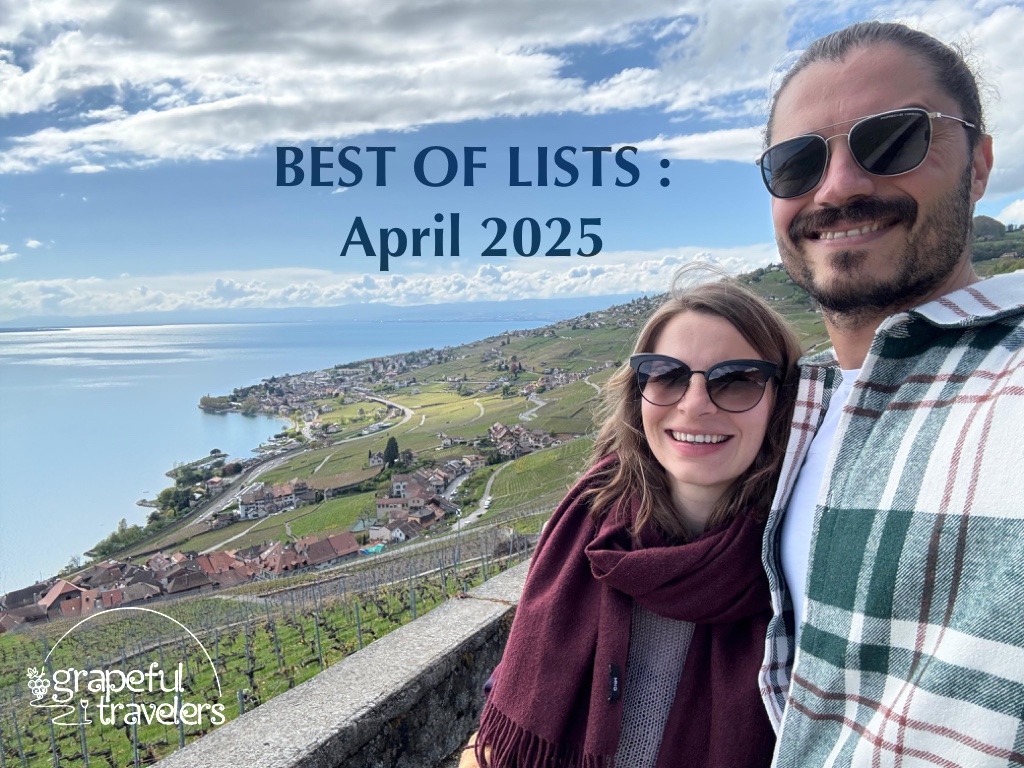
In April 2025, we tried more than 60 wines thanks to our trip to Geneva and several tastings we had in Izmir, including Turkish Bordeaux Blends and Georgian Wine Tastings with our wine tasting group Tadında Dünya and Cabernet Franc Tasting with Bir Yudum Şarap Association. While we have many wines between 88-90 points, which…
-
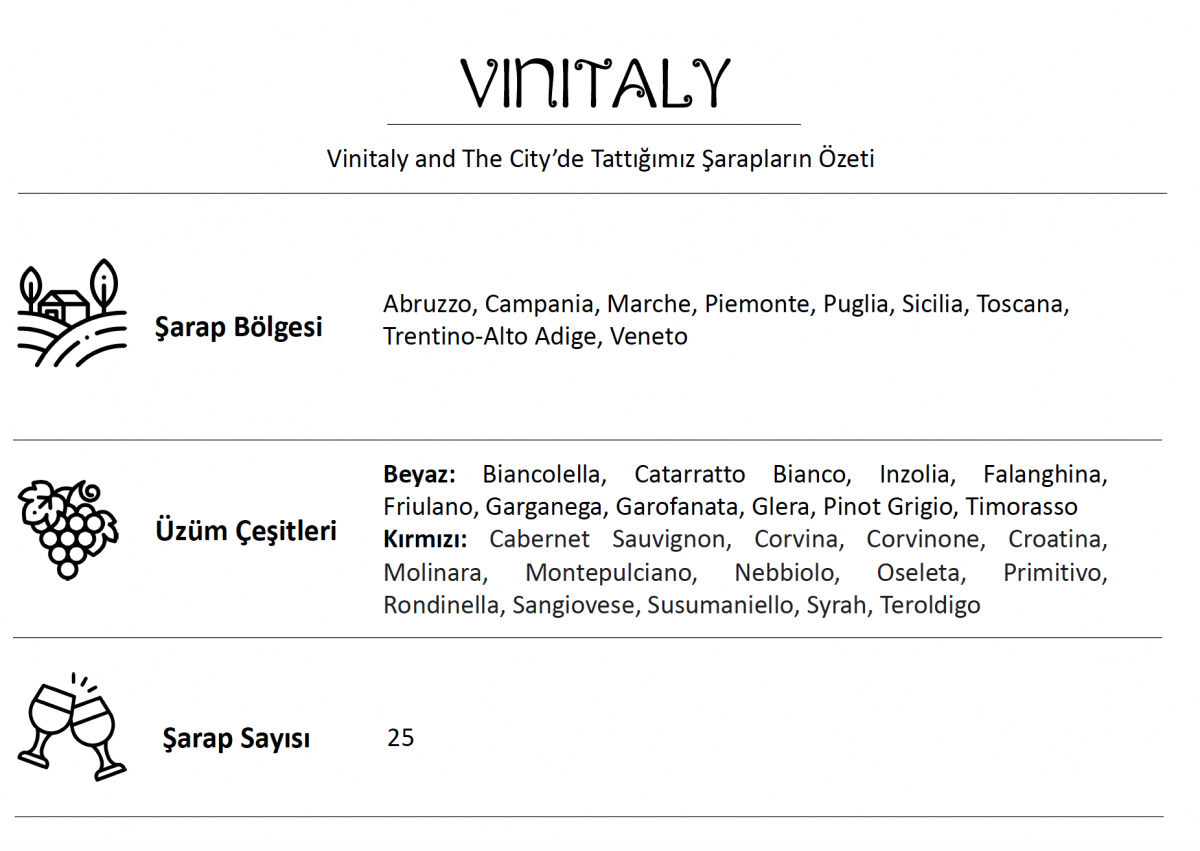
Nisan ayını şarap gezisi olmadan pas geçmemizin şerefine, geçen sene Nisan ayında katıldığımız Vinitaly and the City Şarap Festivali ile ilgili tecrübelerimizi derlemek istedik. Yazıyı hazırlarken de yeniden gitmiş kadar olduk 🙂 Bilmeyenler için Vinitaly, İtalya’nın en popüler şarap fuarı organizatörlerinden birisi. İtalya’da kurulan ve daha sonra uluslararası bir hale gelen bu kuruluş İtalya’nın yanısıra…
İçeriğe geç
